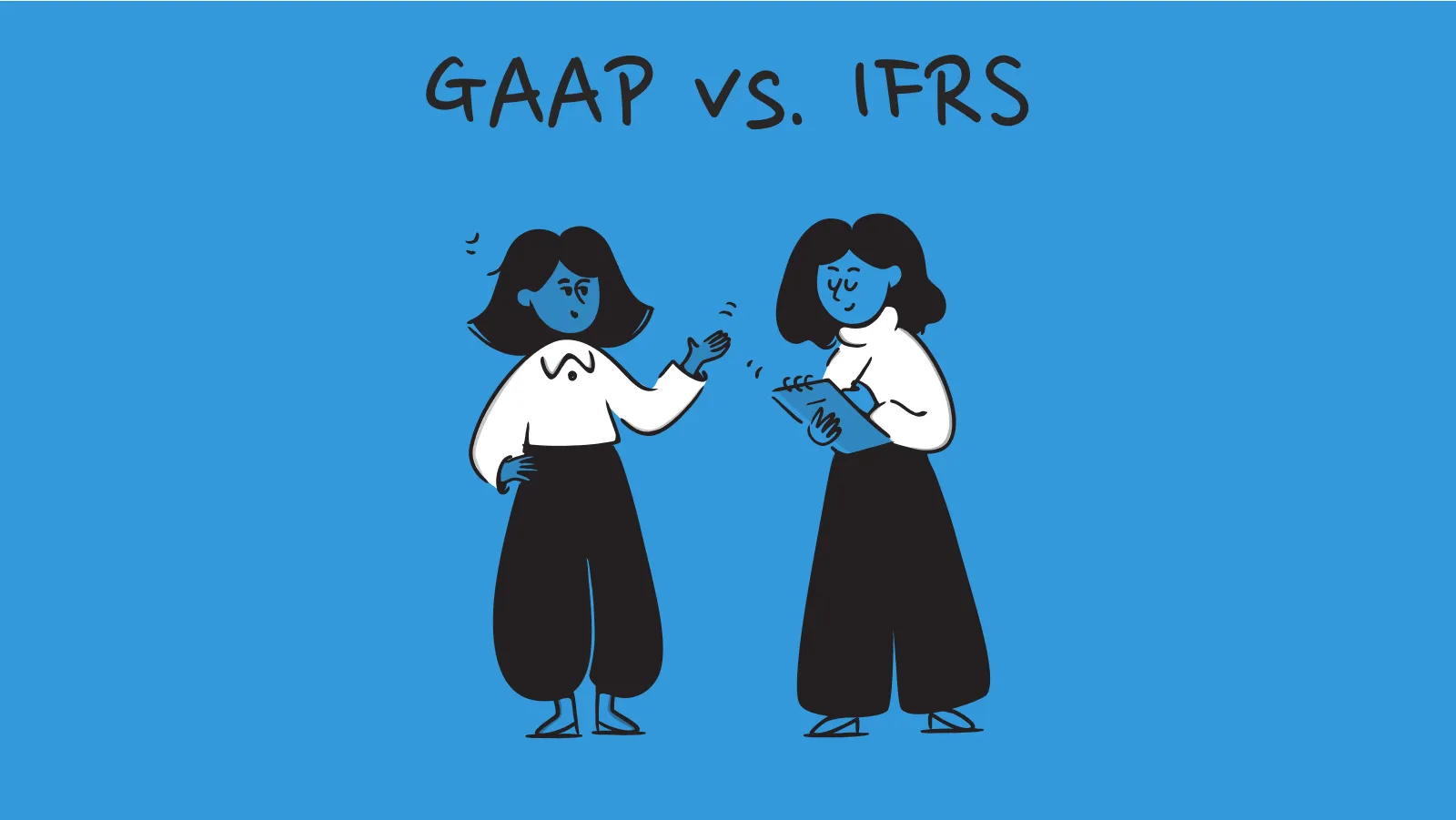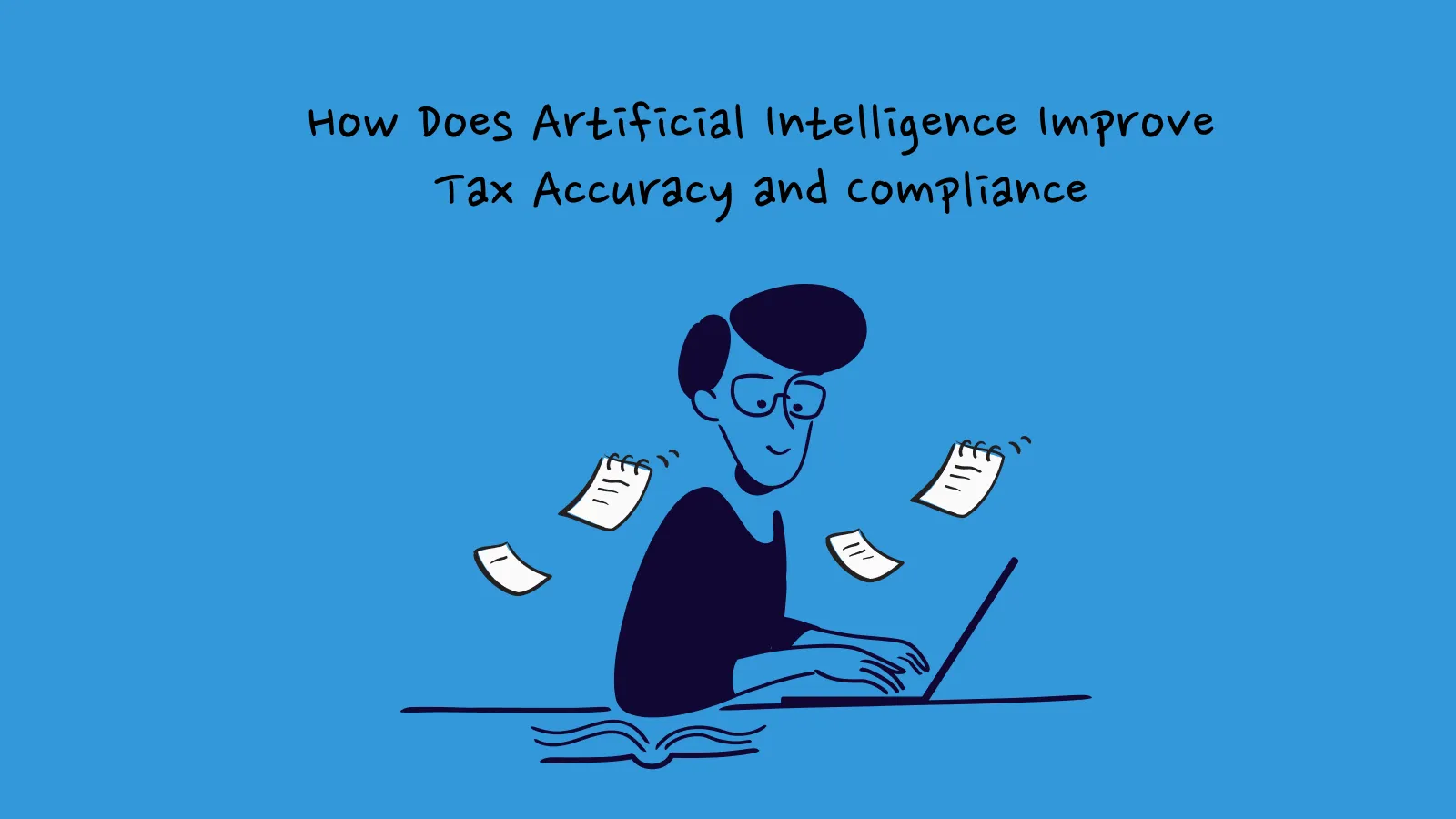GAAP vs. IFRS: Which Accounting Standard Should You Prioritize?

As your startup grows beyond borders, accounting standards move from a technical detail to a strategic concern.
US GAAP (Generally Accepted Accounting Principles) and IFRS (International Financial Reporting Standards) are the two dominant frameworks, each with its own rules, assumptions, and impact on how your numbers look to investors and regulators.
GAAP is mandatory for US-based startups, especially if you're targeting SEC filings or US venture capital. IFRS, used in over 120 countries, becomes relevant if you operate international subsidiaries, raise capital abroad, or maintain a global headquarters.
The choice (or need to manage both) can affect how you recognize revenue, capitalize R&D, or report leases and assets. This guide breaks down the key differences and helps you decide how to approach financial reporting at scale.
What Are the Key Differences Between GAAP and IFRS?
GAAP and IFRS may serve the same purpose which is standardizing financial reporting but they approach it differently.
GAAP is more rules-based and prescriptive, with detailed guidance for nearly every scenario. This makes it well-suited for heavily regulated environments like the US, where consistency and audit defensibility are paramount.
In contrast, IFRS is principles-based. It allows more room for professional judgment and interpretation, which gives startups more flexibility in how they recognize revenue, treat R&D, or value assets. This can be especially useful for early-stage companies with non-traditional or evolving business models.
How Do Different Standards Affect Multi-Entity Startups with Global Operations?
When your startup operates in multiple countries, financial reporting is about aligning different accounting languages.
US-based entities are required to follow GAAP, while subsidiaries in Europe, Asia, or other regions often use IFRS or country-specific standards. These frameworks differ significantly in how they treat revenue, leases, and R&D creating reporting mismatches across the group.
For finance teams, this creates a complex consolidation process.
You can't simply combine IFRS and GAAP reports. Each local financial statement must be adjusted or “mapped” to the parent company’s reporting standard, usually GAAP. That means identifying differences, calculating reconciliation entries, and maintaining a full audit trail. This directly affects how your financial performance is perceived by investors, acquirers, or regulators.
What Accounting Areas Have the Biggest Impact on Startup Financials?
Differences between GAAP and IFRS can significantly affect how your performance looks on paper, especially when raising funds, preparing for audits, or planning international expansion.
The most impactful areas include how and when you recognize revenue, whether you expense or capitalize development costs, and how leases show up on your balance sheet.
These factors directly influence key metrics like gross margin, EBITDA, burn rate, valuation optics, and other metrics investors scrutinize closely.
Key areas to watch:
i) Revenue timing
GAAP and IFRS apply different rules for recognizing revenue, which can shift reported revenue across periods impacting your growth story and investor expectations.
ii) R&D treatment
Under IFRS, some development costs can be capitalized, improving short-term profitability. Under GAAP, these are typically expensed, reducing earnings in the current period.
iii) Lease classification
IFRS puts most leases on the balance sheet, increasing reported liabilities. GAAP may still allow certain leases to be kept off the balance sheet, which affects debt ratios.
iv) Asset valuations
IFRS allows upward revaluation of certain assets, which can boost net worth. GAAP does not so balance sheets may look more conservative.
v) Inventory strategy
LIFO is allowed under GAAP but banned under IFRS. This affects how you calculate the cost of goods sold and taxable income, especially in times of inflation.
Should Startups Stick with One Accounting Standard or Manage Both?
For some startups, choosing a single accounting standard makes sense, especially if operations are based entirely in one country. But for cross-border startups, especially those with funding, customers, or entities in multiple regions, dual reporting becomes a strategic necessity.
Startups targeting a US IPO, working with American VCs, or incorporated in the US typically focus on GAAP to stay aligned with SEC requirements and investor expectations. On the other hand, startups with global headquarters, European or Asian subsidiaries, or non-US investors may need IFRS to comply with local reporting laws or satisfy international stakeholders.
Here’s a quick checklist when to use both standards:
- Use GAAP if you’re preparing for a US IPO, working with SEC-registered investors, or reporting to US-based venture capitalists.
- Use IFRS if your headquarters is outside the US, you're raising non-US funding, or local laws require it.
- Use both if you have group entities in different jurisdictions, need consolidated reporting, or are managing investor relations across multiple geographies.
What’s the Impact on Consolidation and Investor Communication?
When different parts of your business use different accounting standards, you can’t simply merge financials. You need to reconcile every difference to create a consistent, investor-ready story.
This impacts not only your internal processes but also how investors view your performance. Revenue recognized under IFRS may not align with GAAP. Lease liabilities, capitalized R&D, or asset values may show up differently. Without clear reconciliation and documentation, investors may struggle to compare your results across time or across regions.
Here’s the checklist to managing Dual Reporting effectively:-
- Map every financial line item between GAAP and IFRS to avoid inconsistencies
- Use ERP or accounting platforms that support multi-standard consolidation
- Document all reconciliation entries clearly and consistently
- Maintain core metrics (e.g., ARR, EBITDA) in both frameworks for transparency
- Engage auditors and advisors with cross-border expertise
How Inkle Helps Startups Manage GAAP and IFRS
Inkle helps cross-border startups maintain clean, compliant books in both frameworks with tools built for multi-entity operations. Whether you're consolidating global subsidiaries, preparing for a US audit, or reporting to international investors, Inkle simplifies the entire process with automation and expert support.
With Inkle, you can:
- Maintain dual books across GAAP and IFRS without duplicating effort
- Reconcile intercompany transactions and consolidation entries accurately
- Generate audit-ready financial statements in both standards
- Track key differences in revenue, R&D, lease accounting, and more
- Report confidently to global investors, regulators, and board members
Need help aligning your global financials? Book a demo with Inkle and see how we streamline multi-standard reporting for startups.
Frequently Asked Questions
What is the main difference between GAAP and IFRS?
GAAP is rules-based and highly detailed, while IFRS is principle-based and allows for more interpretation. Startups with evolving or non-traditional models often find IFRS more flexible.
Can a startup use IFRS in the US?
No. If your startup is incorporated in the US or plans to file with the SEC, you must use GAAP. However, you can maintain IFRS-based reporting for international subsidiaries or internal tracking.
Do startups need to maintain both GAAP and IFRS?
Not always. But if you operate across borders or raise capital from both US and international investors, dual reporting helps ensure transparency and compliance in each jurisdiction.
How does GAAP vs. IFRS affect revenue recognition?
GAAP recognizes revenue when performance obligations are fulfilled, which can delay revenue reporting. IFRS may recognize revenue sooner, based on control transfer impacting reported growth and investor perceptions.
What’s the best way to handle consolidation across GAAP and IFRS?
Use an accounting system that supports multi-standard mapping and reconciliation. Also, work with advisors familiar with both frameworks to ensure clean, compliant consolidation.
How does Inkle support multi-standard accounting?
Inkle provides automated workflows, dual-book maintenance, and expert support to help startups stay compliant with both GAAP and IFRS across reporting, consolidation, and investor communication.




